If you are considering a hair transplant in Turkey, one question is certainly on your mind: how does the regrowth take place? Knowing the hair transplant timeline is essential to adopt the right attitude towards regrowth to optimize the results. How does a hair transplant evolve month by month? When is a definitive result possible? After 10 days, 1 month, 3 months, 6 months, 1 year and 10 years, discover everything you need to know about hair transplantation and its evolution month by month.
Why hair takes time to grow back after a hair transplant?
For many people, hair transplants are the answer to a real complex. Indicated for women as well as men, it allows one to find a denser hair for a long time. Indeed, whether it is a FUE hair transplant, a DHI hair transplant, or a women hair transplant, the results offered by this type of intervention are most satisfactory.
The principle of hair transplantation is simple: it consists of removing hair from the back crown area, where hair loss does not occur, and re-implanting it in the areas where hair loss occurs (the temples, the frontal area, and the vertex). Hair transplants make it possible to regain a dense and natural head of hair, permanently. A good hair transplant candidate is anyone who wants to fight pattern hair loss permanently
The results of the growth hair transplant can be optimized by the realization of complementary treatments. This is particularly true in the case of Regenera Activa stem cell hair transplant, which can be indicated after an FUE hair transplant, PRP treatment or laser hair treatments.
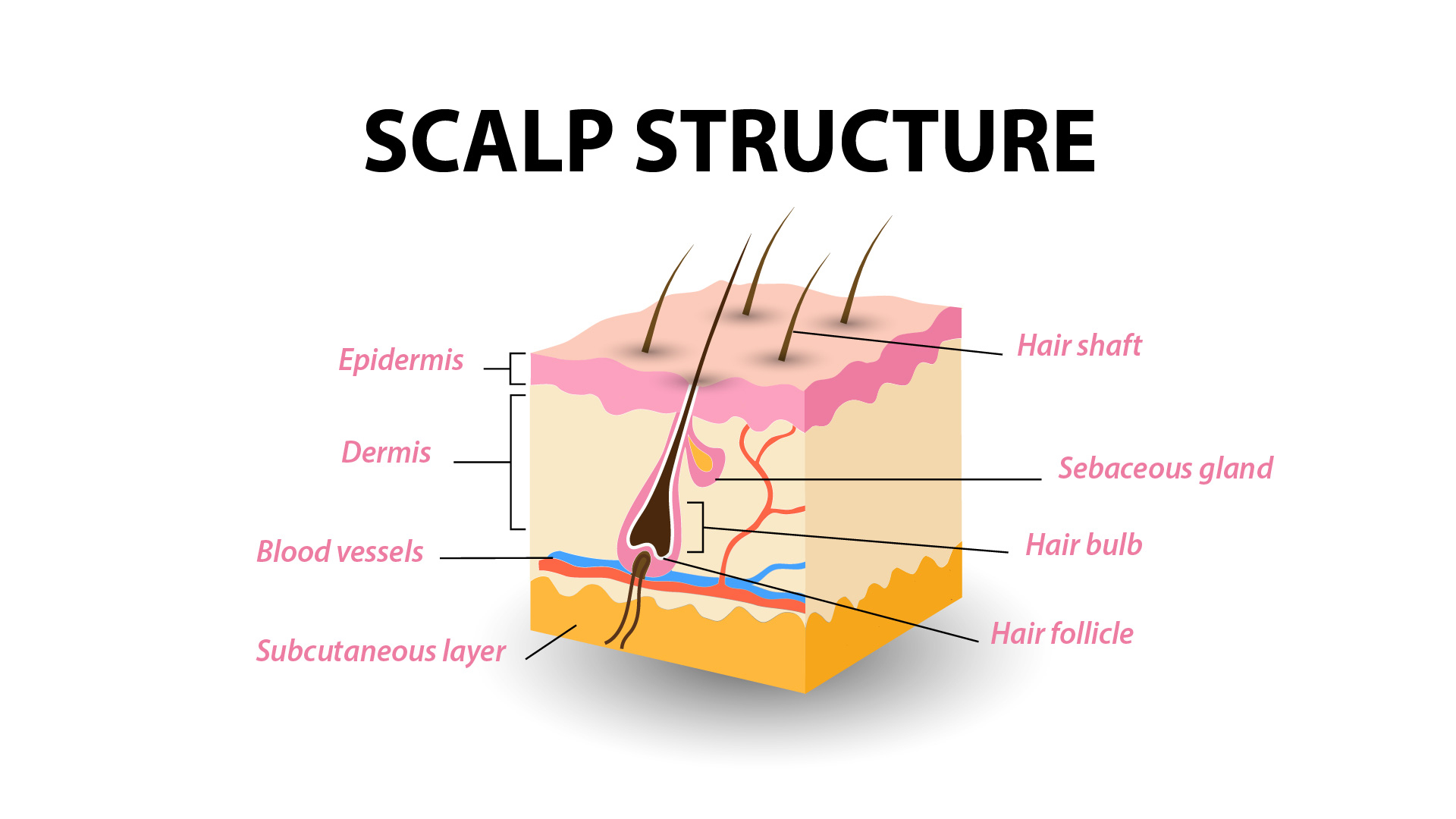
The time it takes for hair to grow back after a transplant is related to the hair growth cycle. The hair cycle is divided into three phases:
- The anagen phase: this is the phase of hair growth. Its duration varies from several months to several years. Hair growth is generally faster on the top of the head than on the temples, the vertex being the area with the least blood supply.
- The catagen phase: this is the phase when hair growth stops. It lasts about 3 weeks and can sometimes extend over several months.
- The telogen phase: this is the phase of hair loss. The hair gradually falls out in 2 to 4 months and leaves room for a new hair to grow.
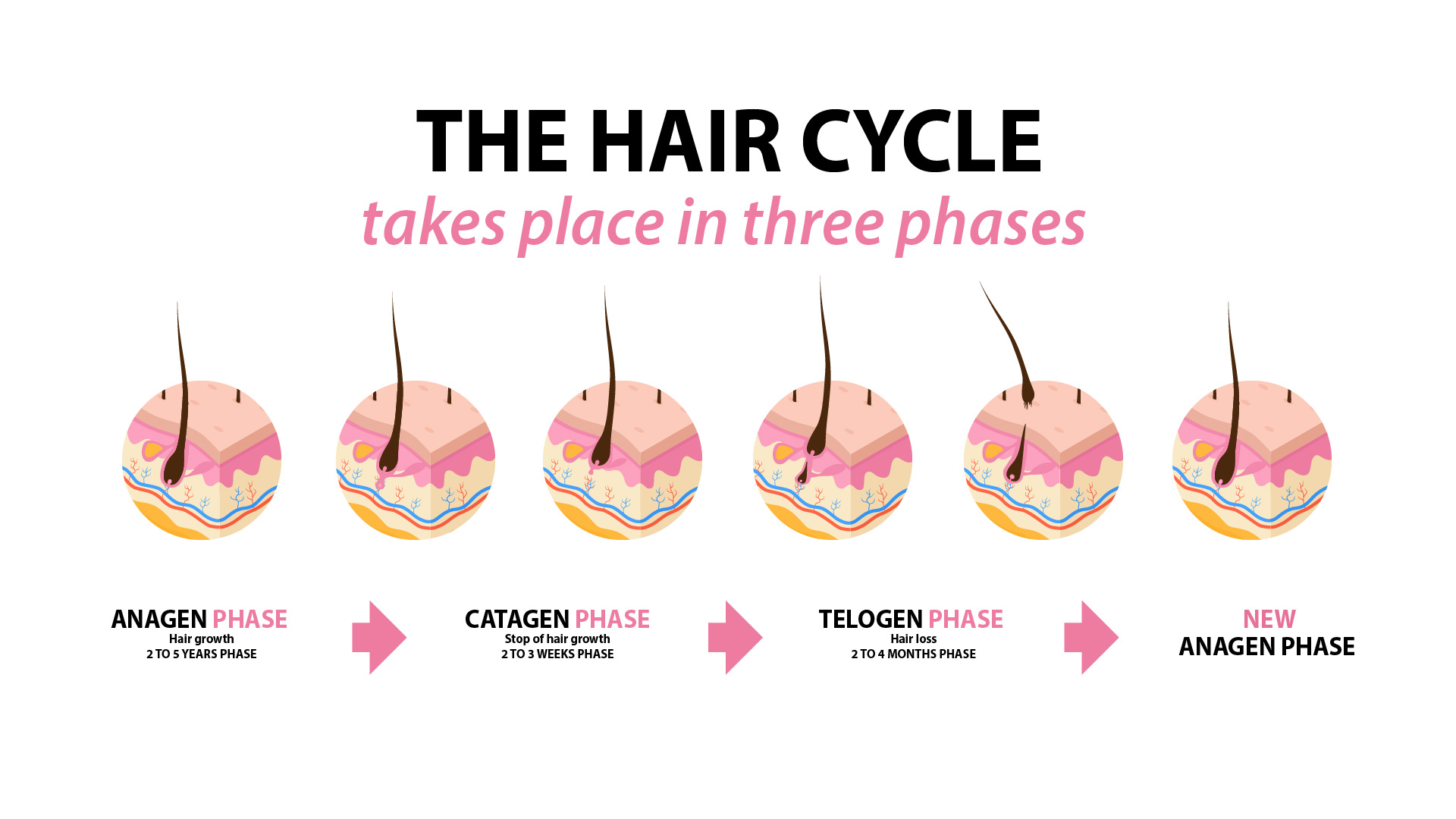
Each new hair follows its own cycle. There is no synchronization of the phases between the different follicles. Therefore, after a hair transplant procedure, some grafted hairs fall out about 3 weeks later. This fall of the grafts is completely normal. This is the telogen phase, which implies a fall of the implanted hair.
Hair transplant recovery after 10 days: healing
In the days following the hair transplant surgery, scabs appear on the skull. They are the size of a pinhead, and their formation should not cause concern. In fact, the scabs form and disappear by themselves after a few days (8 to 10 days). Some patients may also experience swelling in the area where the grafts were implanted. The patient may also experience some itching and mild pain in the donor area and the bald area. These symptoms usually take about 10 days to disappear while the healing process takes place.
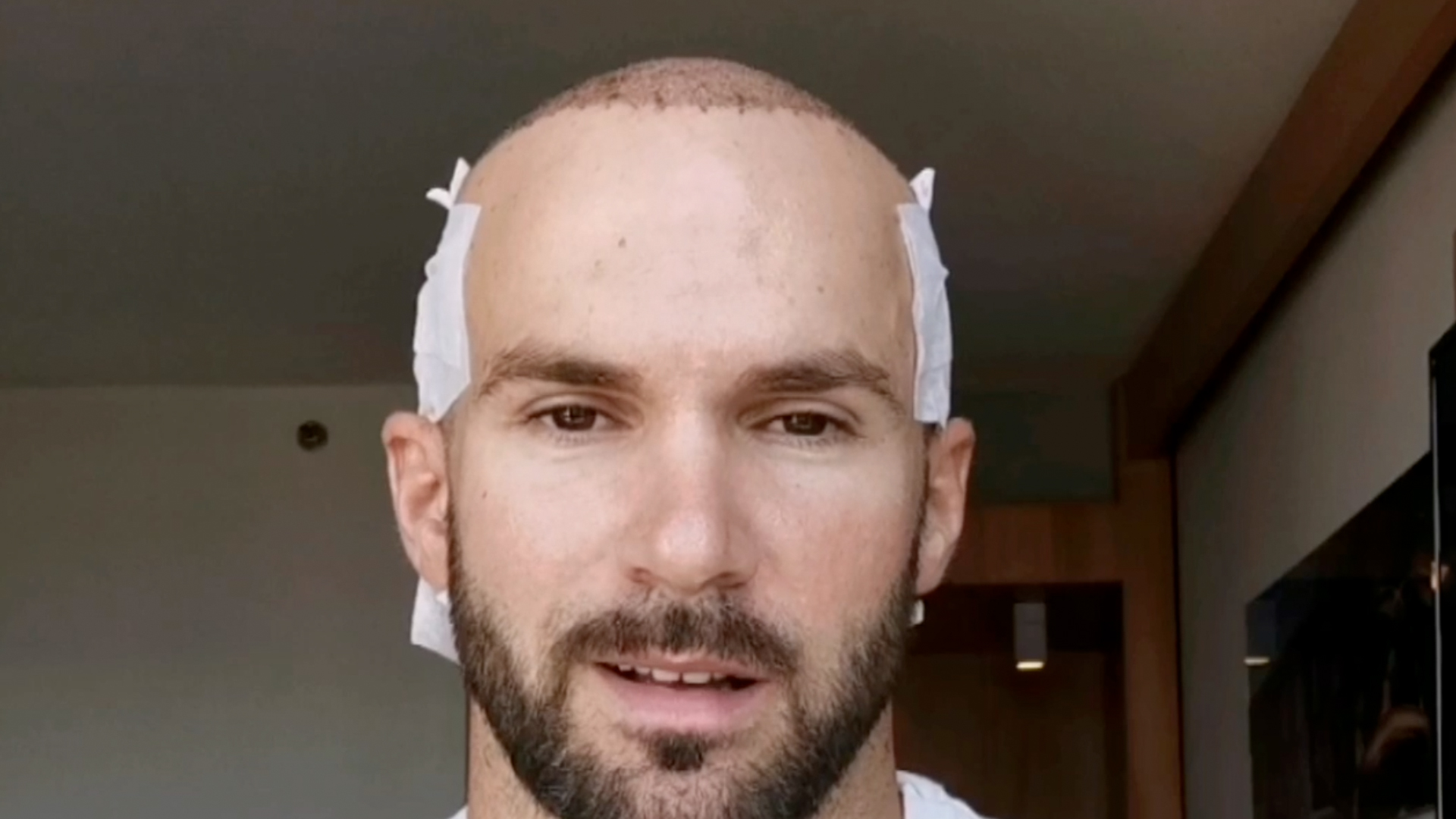
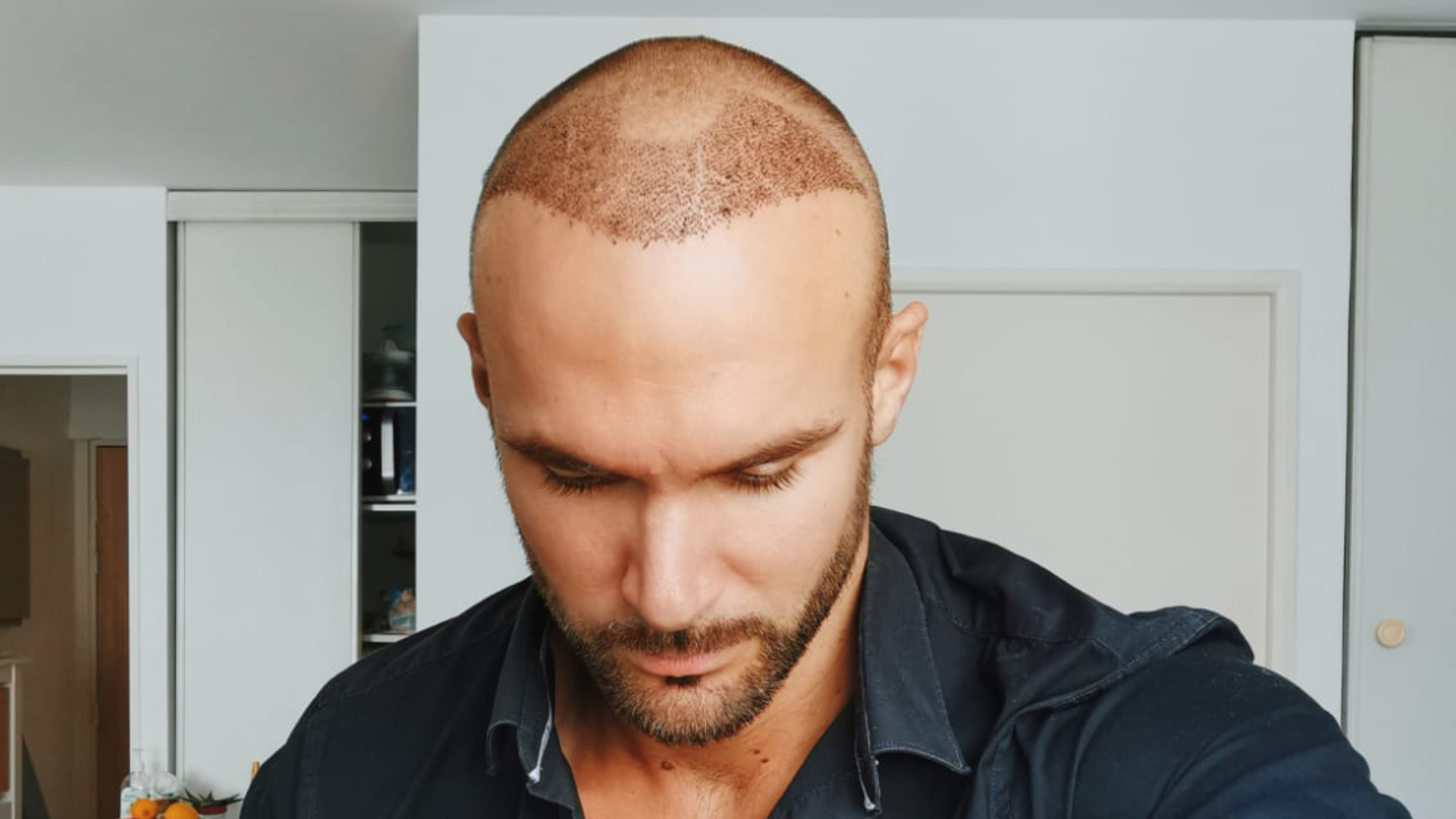
Hair transplant after 1 month: Shock Loss
One month after the hair transplant, the patient may experience shock loss. Shock loss refers to hair loss that occurs around the periphery of the transplanted area and/or the donor area. This hair loss after a hair transplant in Turkey is only temporary. It is due to tissue trauma suffered after the hair surgery, during the healing process. In the case of the donor area, the hair loss is caused by a lack of oxygen caused by the neighboring samples. This reactionary hair loss usually occurs within three weeks after the hair transplant in Turkey. However, it is not systematic. Indeed, some patients do not experience hair loss after the procedure. For those who do go through the shock loss stage, several treatments can be performed to limit hair loss. These may include massaging the donor area to stimulate blood flow and promote hair transplant growth, or a drug treatment such as Minoxidil, a vasodilator drug.
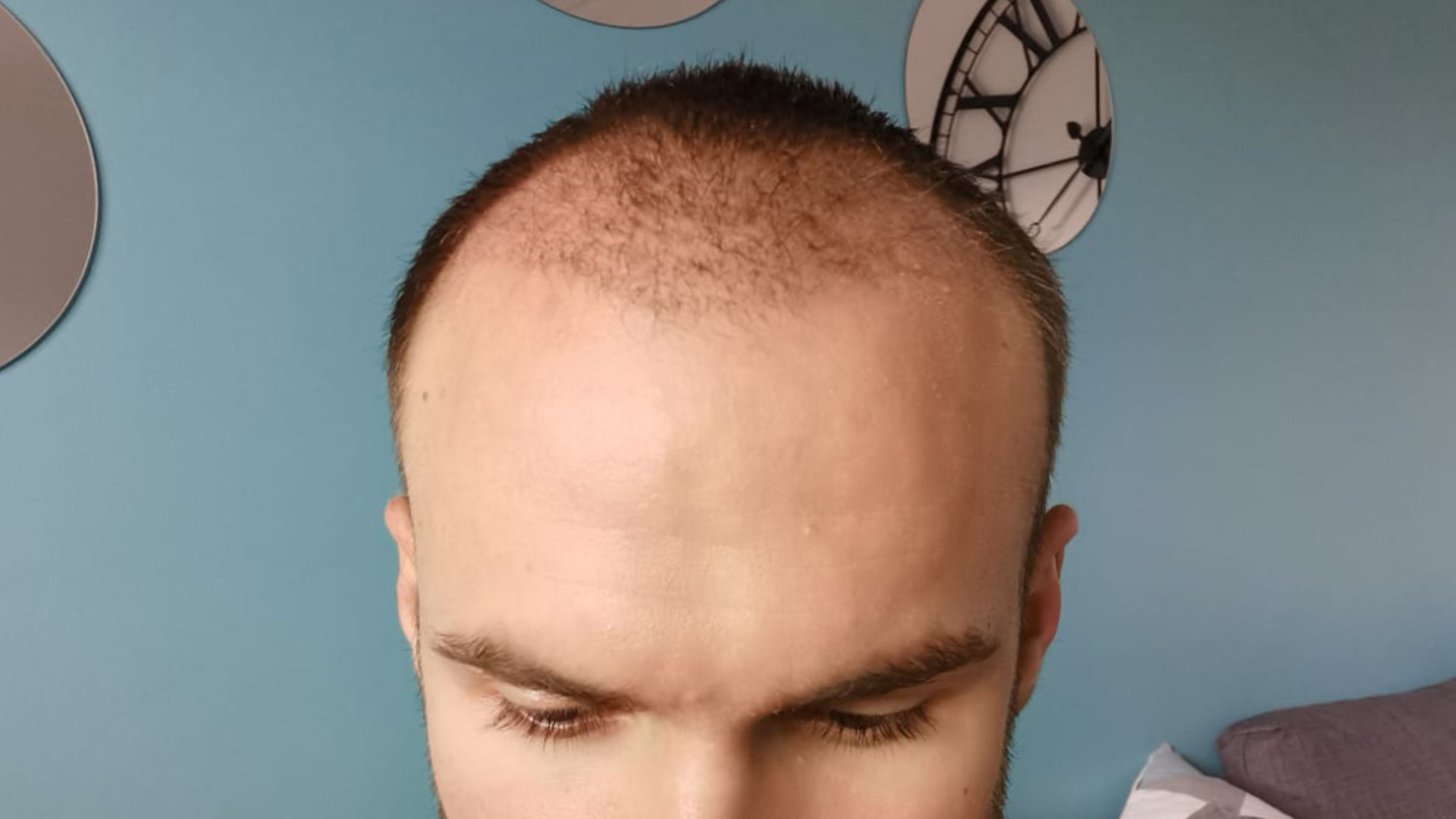
Hair transplant after 3 to 4 months: the beginning of regrowth
3 to 4 months after a hair transplant technique is performed, the newly transplanted hair begins to grow back. Fine hair appears at first and becomes thicker and thicker as time goes by. The hair grows one centimeter every month.
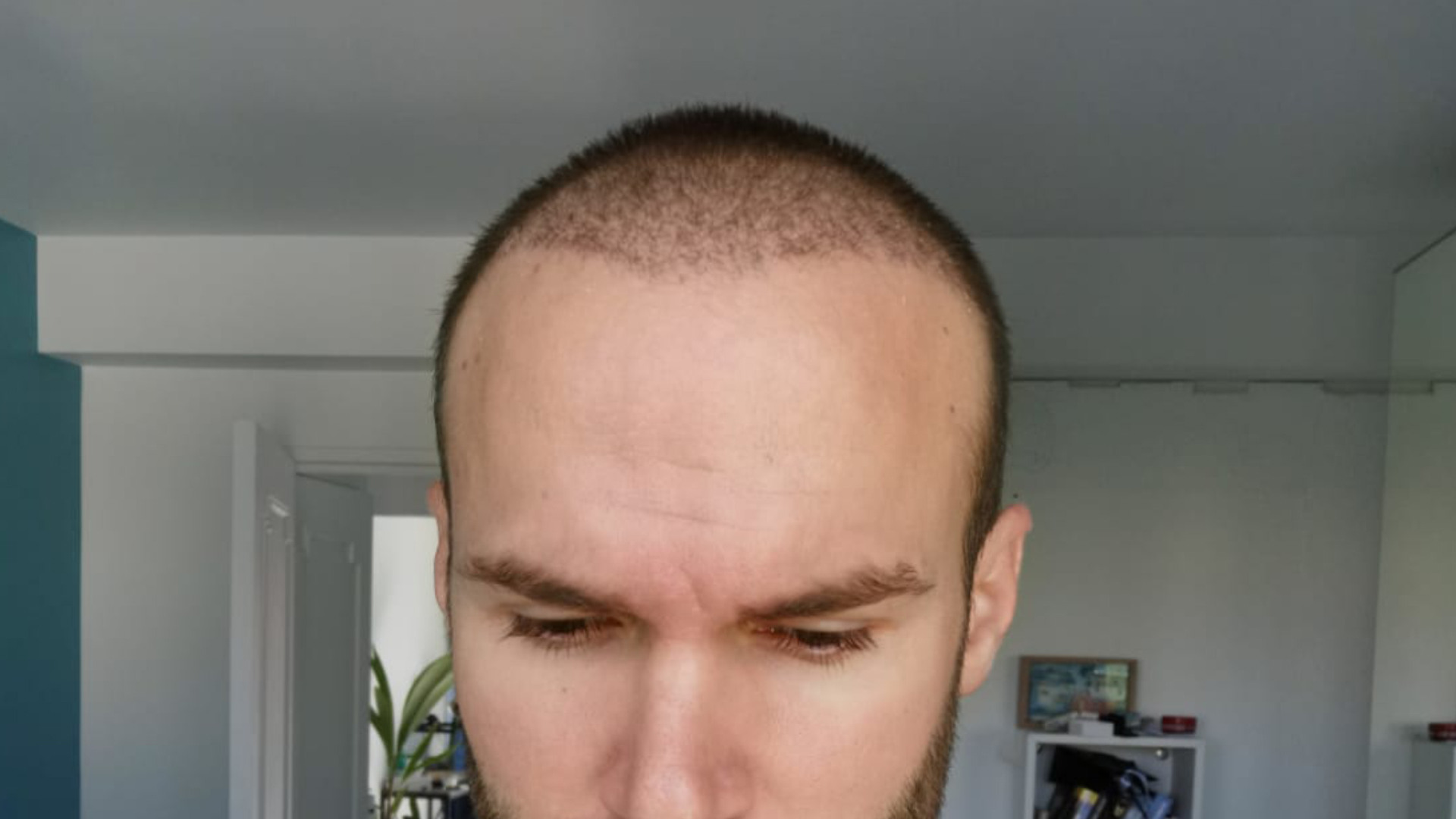
Hair transplant after 6 months: density gain
Between 6 months and 1 year after the hair transplant, the hair continues to grow and thicken. The density of the new hair improves and an improvement in hair coverage is observed. The patient can usually begin to style his or her hair as desired and enjoy visible results, which are not yet permanent.
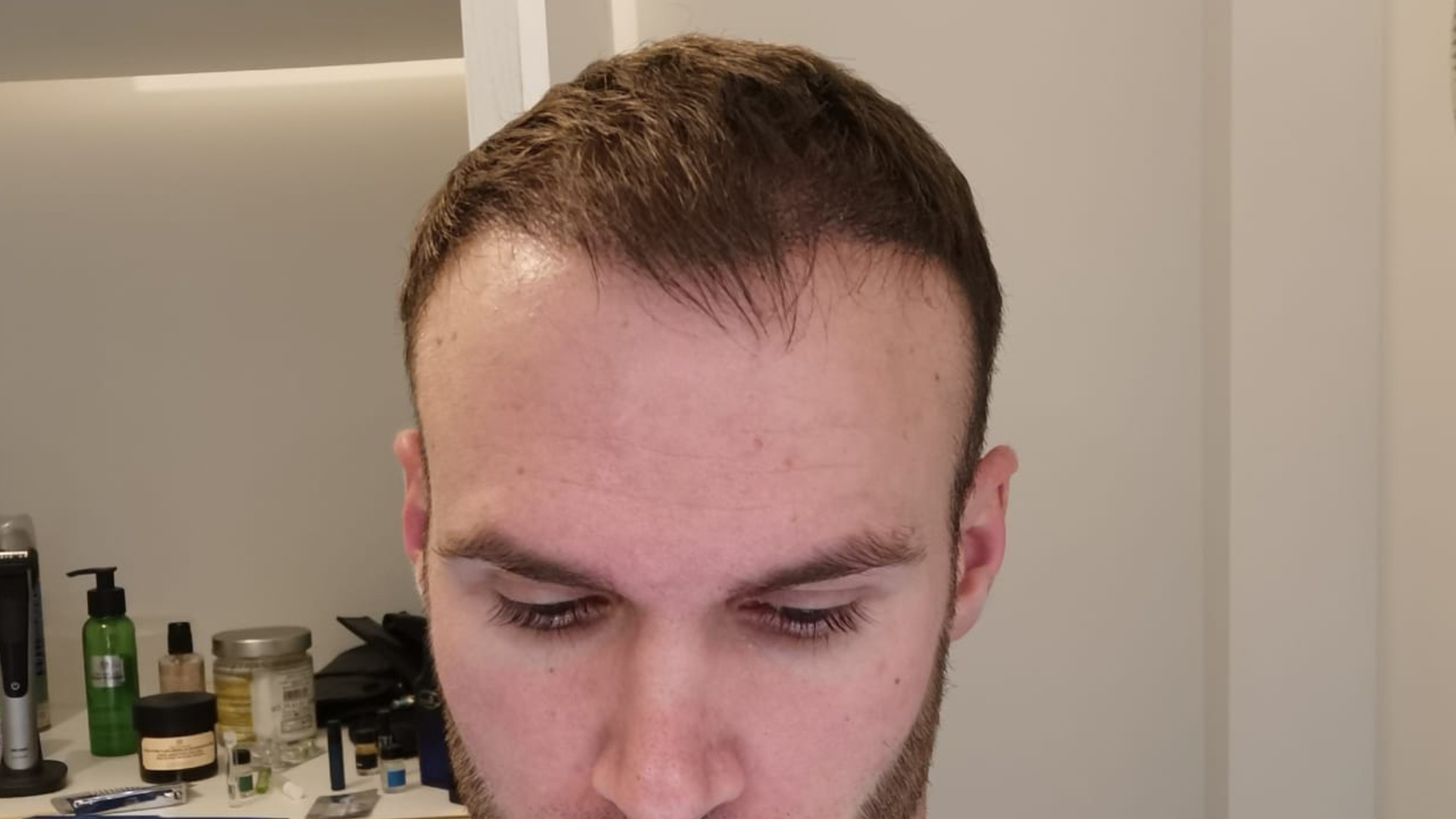
Hair transplant after 1 year: the final results
The final result after the hair transplant is seen between 12 to 15 months. The vertex area is the one that presents the slowest regrowth. Indeed, this area is the least well irrigated by blood, the regrowth will take longer than for other areas transplanted.
The final result is an optimal hair density. All the hair has had time to grow and thicken. The result is natural, and the transplanted hair behaves like the original hair. The patient can cut his or her hair and style it as he or she wishes. Baldness is a distant memory.

Hair transplant after 10 years: like the rest of your hair, your grafts age
Hair transplantation allows for a lasting result. The transplanted hair will not fall out permanently over time. They will follow the natural life cycle of hair, namely the three phases (growth, cessation of growth and fall). Like the rest of the hair, transplanted hair continues its aging process, which means that it is naturally subject to bleaching.
Having a hair transplant in Turkey allows you to benefit from the latest technology and world-renowned know-how in this field. To optimize the results of a hair transplant in Turkey, it is recommended to follow the surgeon’s recommendations. The use of appropriate hair care products is recommended.
51048 vues
2 commentaires
0


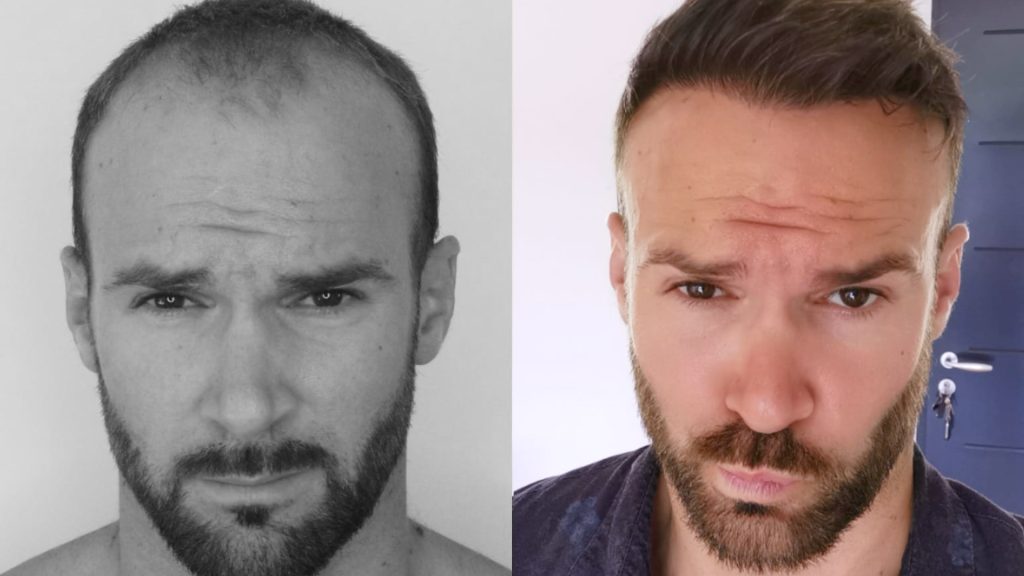
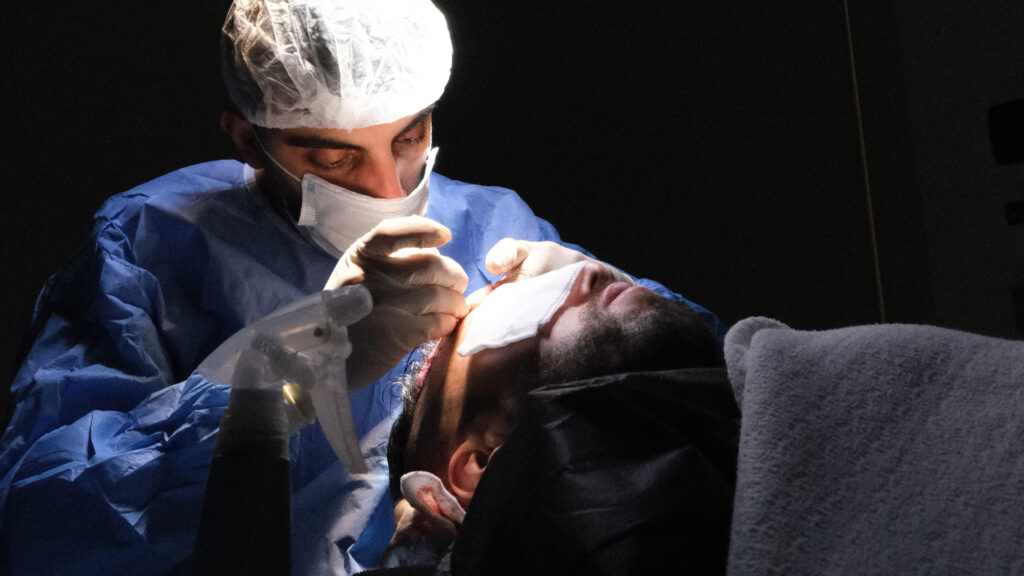
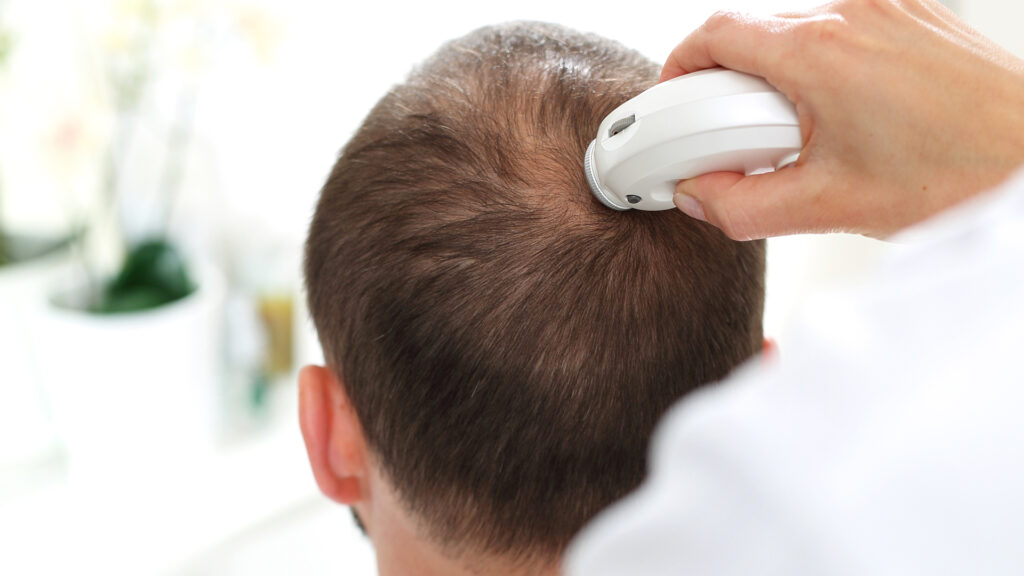
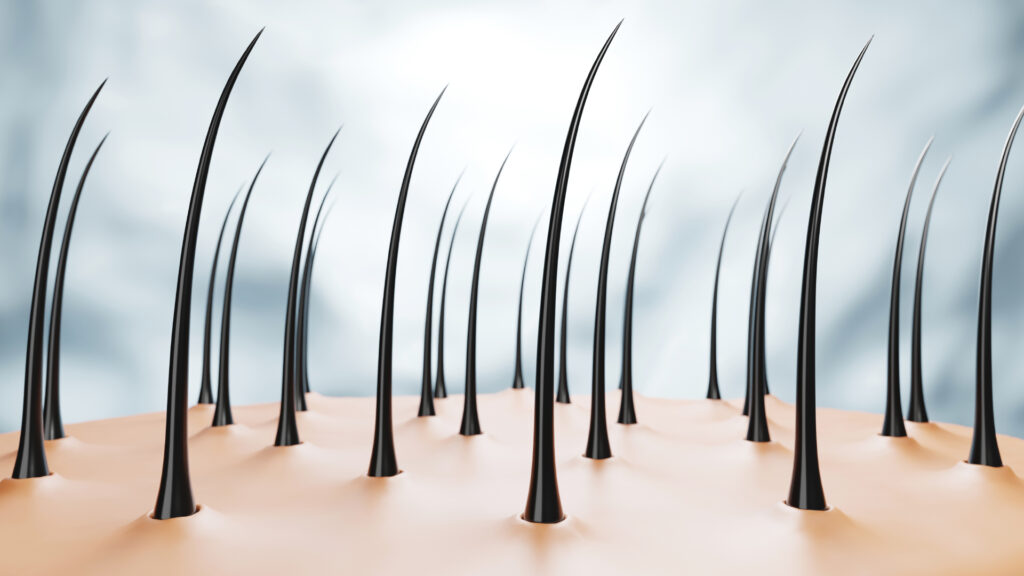
2 Commentaire(s)
Did you took minoxidil or finasteride after the hair transplant surgery?
Hello and nice to meet you ????
Neither is mandatory but they can help with regrowth.
– Minoxidil you can start 1 month after surgery.
– Finasteride you can also start 10 days after surgery.
Nice day to you from the bodyexpert.online team